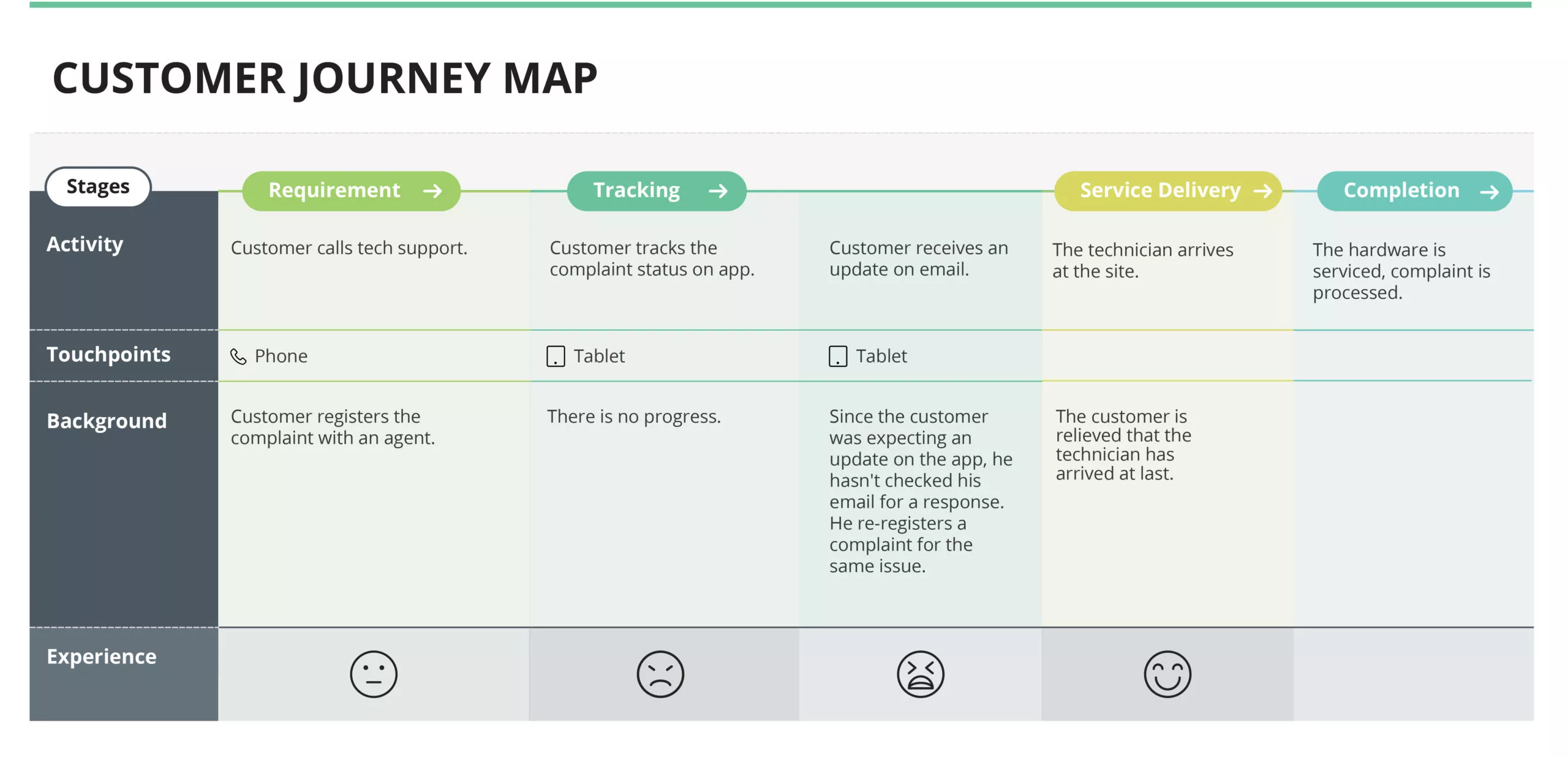Touchpoints and Pain Points: Key Moments in the User Experience
Introduction
When it comes to designing a successful user experience, understanding touchpoints and pain points is crucial. Touchpoints refer to the moments when users interact with a product or service, while pain points are the areas where users experience frustration or dissatisfaction. By identifying and addressing these key moments, businesses can create a more seamless and enjoyable user journey. In this blog post, we will explore the concept of touchpoints and pain points, and discuss how they can be leveraged to enhance the overall user experience.
Understanding Touchpoints
When it comes to user experience, touchpoints play a crucial role in shaping the overall perception of a product or service. Touchpoints refer to the various interactions that users have with a brand throughout their journey. These interactions can occur through different channels such as websites, mobile apps, social media, customer support, and more.
The Importance of Touchpoints
Touchpoints are essential because they provide opportunities for brands to engage with their users and create positive experiences. Each touchpoint is a chance to make a lasting impression and build a strong relationship with the user. However, it’s important to note that not all touchpoints are created equal. Some touchpoints have more impact than others, and these are known as key moments in the user experience.
Identifying Key Moments
Key moments in the user experience are the touchpoints that have the most significant influence on the user’s perception of a brand. These moments can be positive or negative, and they often occur during critical stages of the user journey. By identifying these key moments, brands can focus their efforts on optimizing these touchpoints to enhance the overall user experience.
Common Key Moments
While key moments can vary depending on the industry and the specific user journey, there are some common touchpoints that tend to have a significant impact on the user experience. Let’s explore a few of these key moments:
1. First Impression
The first interaction a user has with a brand sets the tone for their entire experience. Whether it’s a website landing page or a customer service representative, this initial touchpoint can make or break the user’s perception of the brand.
2. Onboarding Process
When users sign up for a new product or service, the onboarding process plays a crucial role in their overall experience. A smooth and intuitive onboarding process can help users understand the value of the product and increase their likelihood of continued engagement.
3. Customer Support
When users encounter issues or have questions, their experience with customer support can greatly impact their perception of the brand.
Summary
Touchpoints and pain points play a significant role in shaping the user experience. Touchpoints are the various points of interaction between users and a product or service, such as visiting a website, using an app, or contacting customer support. These touchpoints can be both digital and physical, and each one presents an opportunity to engage and delight users.
On the other hand, pain points are the areas where users encounter difficulties, frustrations, or dissatisfaction. These can include slow loading times, confusing navigation, complex checkout processes, or unresponsive customer service. Identifying and addressing these pain points is crucial for improving the overall user experience and increasing customer satisfaction.

By understanding touchpoints and pain points, businesses can optimize their user experience design. This involves mapping out the user journey, identifying key touchpoints, and analyzing pain points along the way. By addressing pain points and enhancing touchpoints, businesses can create a more seamless and enjoyable user experience, ultimately leading to increased customer loyalty and higher conversion rates.
In conclusion, touchpoints and pain points are essential elements to consider when designing a user experience. By focusing on these key moments, businesses can create a more user-centric approach, improving customer satisfaction and driving business success.
- Q: What are touchpoints in the user experience?
- A: Touchpoints refer to the specific moments or interactions where a user engages with a product, service, or brand. These can include actions such as visiting a website, using a mobile app, receiving an email, or interacting with customer support.
- Q: What are pain points in the user experience?
- A: Pain points are the areas of frustration or difficulty that users encounter during their interaction with a product or service. These can include issues such as slow loading times, confusing navigation, complex forms, or unhelpful error messages.
- Q: Why are touchpoints important in the user experience?
- A: Touchpoints are crucial because they shape the overall user experience and influence how users perceive a product or service. Positive touchpoints can enhance satisfaction and loyalty, while negative touchpoints can lead to frustration and abandonment.
- Q: How can touchpoints be optimized?
- A: Touchpoints can be optimized by understanding user needs and expectations, conducting user research, and continuously iterating based on feedback. Improving usability, providing clear communication, and streamlining processes can all contribute to enhancing touchpoints.
- Q: How can pain points be addressed in the user experience?
- A: Pain points can be addressed by identifying and prioritizing them through user feedback and testing. Solutions may involve simplifying complex tasks, improving error handling, enhancing performance, or providing better guidance and support.

Welcome to my website! I’m Harrison Probert, a passionate and experienced Digital Marketing Manager specializing in Behavioral Psychology, Conversion Rate Optimization (CRO), User Behavior, Persona Development, and Site Usability. With a deep understanding of human behavior and a keen eye for data-driven strategies, I strive to create impactful digital experiences that drive results.

